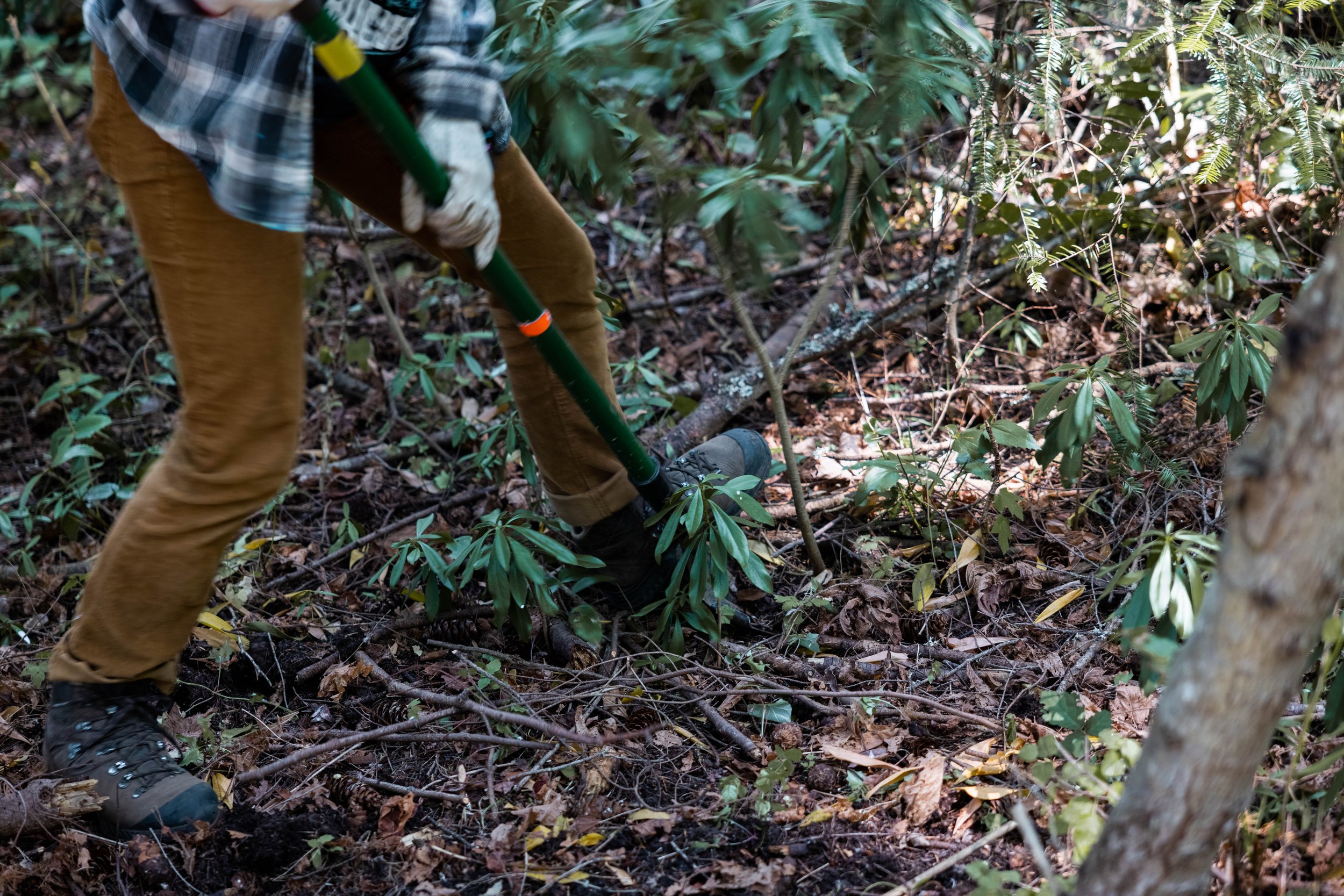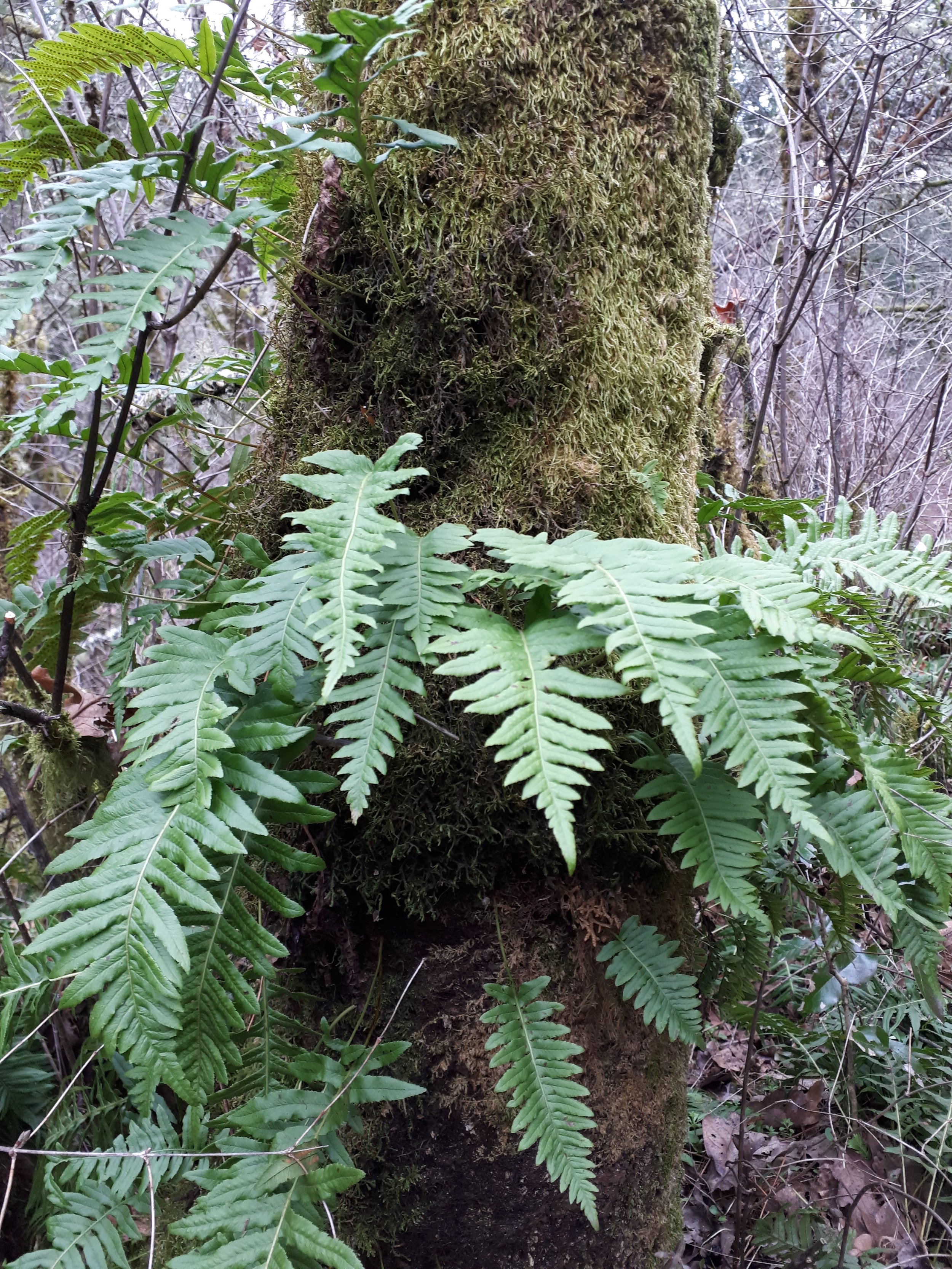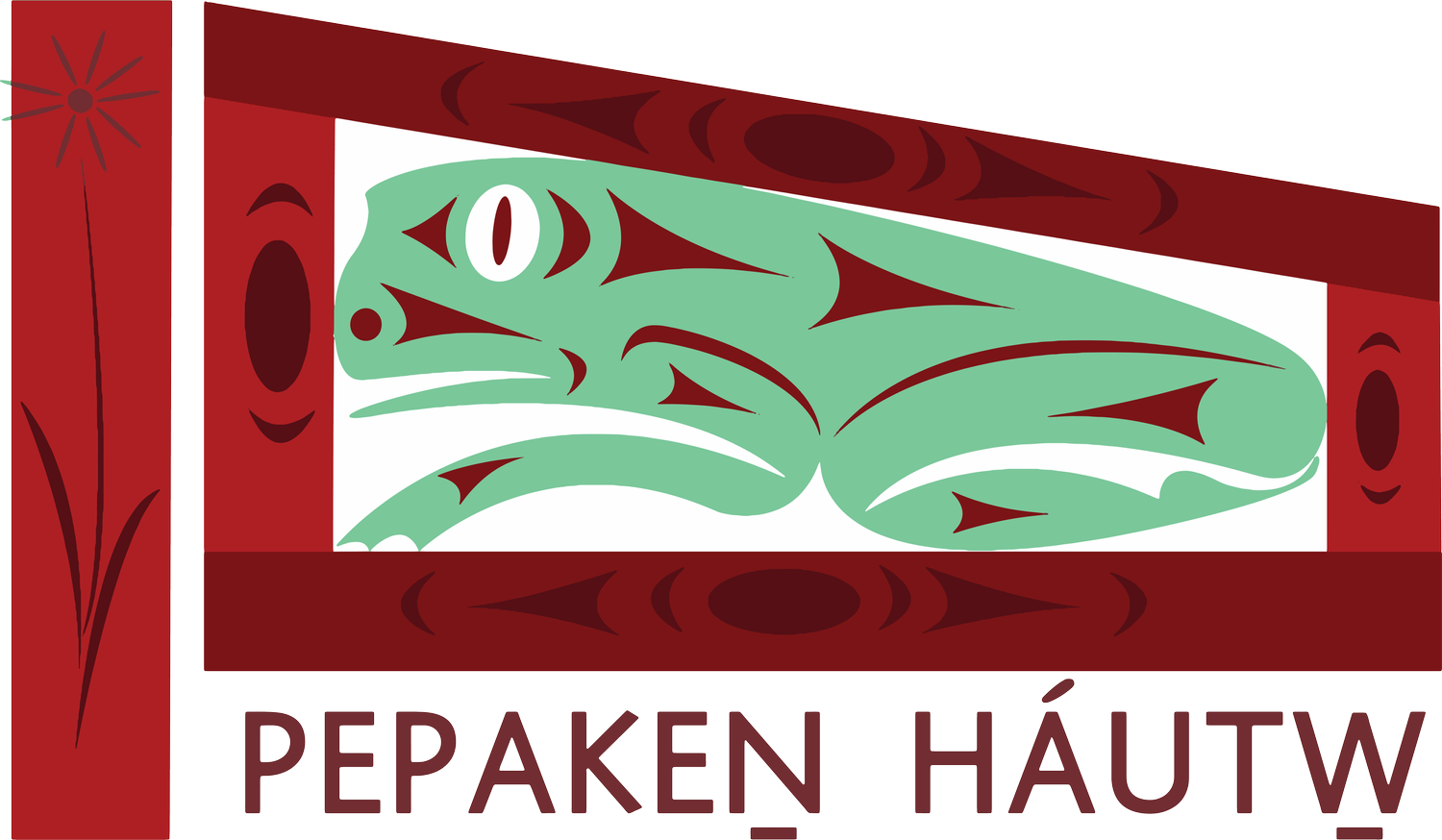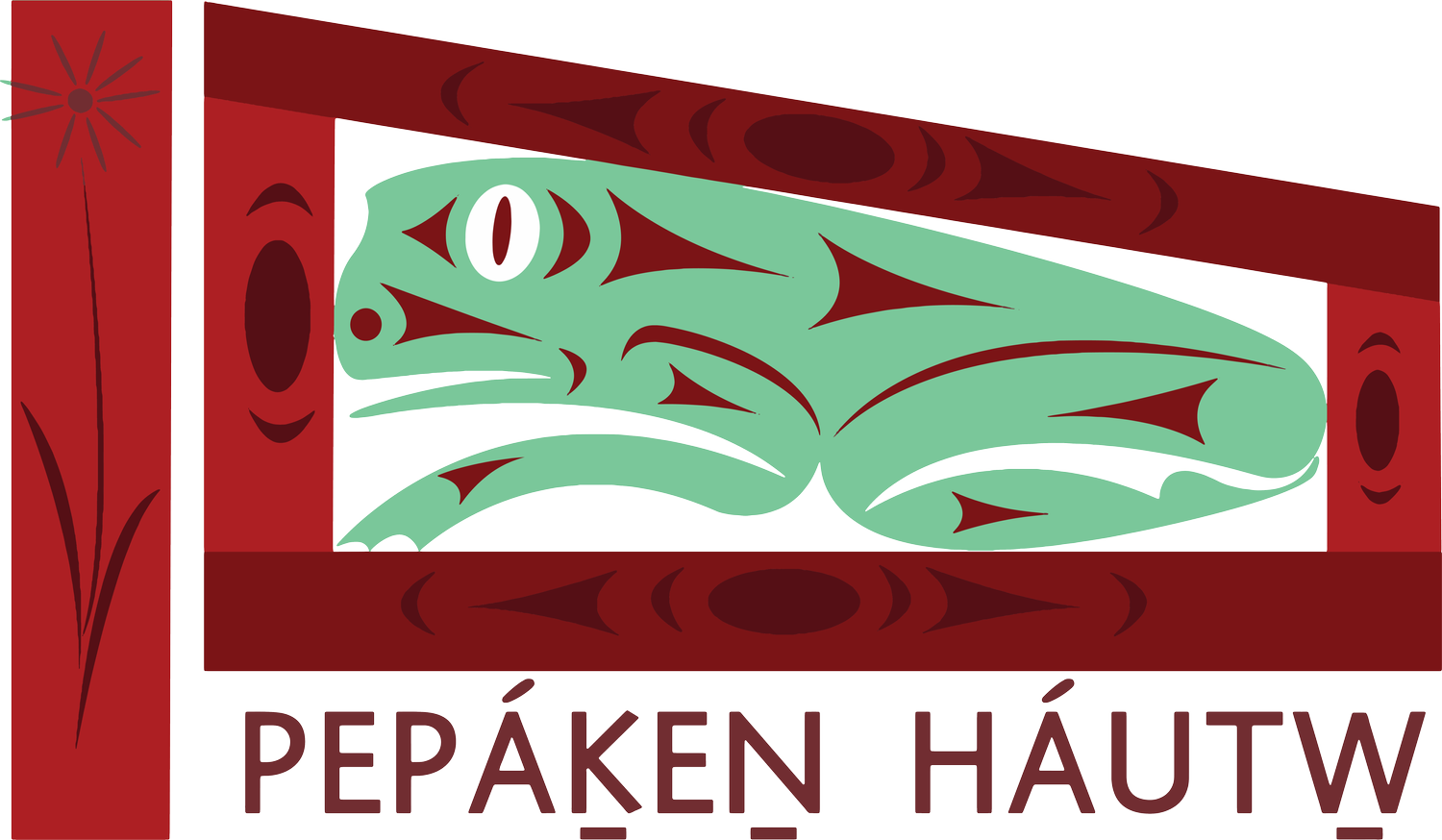What is Ecosystem Restoration?
Ecosystem restoration is the process of healing and protecting ecosystems and their functions. At PEPAKEṈ HÁUTW̱, the natural processes and protocols of the land informs our work and practice. Our ‘Relational Restoration’ approach incorporates W̱SÁNEĆ laws to emphasize the myriad of relationships within ecosystems.
Engaging in hands on restoration is a physical act of decolonizing the land while generating habitat for native species to thrive across the W̱SÁNEĆ homelands. PEPAKEṈ HÁUTW̱'s work is a continuation of ancestral wisdom based on traditional ecosystem stewardship. We also restore ourselves through strengthening the relationship that we have with the plants and the land. For W̱SÁNEĆ people, plants and animals are more than just species - they are kin. When we restore together in a good way, and follow the instructions from XALS, we restore much more than just the land.
We hope to share the importance of native ecosystems and the network of embedded relations. They support greater biodiversity and their healthy populations work to mitigate climate change. It is our responsibility to protect native ecosystems, and to share our knowledge and teachings about restoration practices. PEPAKEṈ HÁUTW̱ hopes to inspire community members to take an ecological approach to return native plants across the W̱SÁNEĆ homelands.
Our Projects
-

SṈIDȻEȽ Resiliency Project
SṈIDȻEȽ (Tod Inlet, Gowlland-Tod Provincial Park) is an important place to the W̱SÁNEĆ peoples. SṈIDȻEȽ means “Place of the Blue Grouse” in SENĆOŦEN and is the first W̱SÁNEĆ village site. J,SIṈTEN (John Elliott, Tsartlip elder) tells us the story of how SṈIDȻEȽ was actually the first W̱SÁNEĆ village site and where SLEMEW̱, the first W̱SÁNEĆ person, was placed by XÁLS the Creator.
-
W̱SÁNEĆ Ethnobotany Trail
This project emphasizes the incredible amount of work that has been accomplished in the natural areas at HCP and provides space to raise awareness about the role that functioning native ecosystems play in mitigating ecological challenges.
-

ȾIKEL Restoration Project
An exciting restoration initiative right at the ȽÁU, WELṈEW̱ Tribal School! ȾIKEL (Maber Flats) was once prized as a gathering place for basketry and rope-making materials. The beautiful SX̱OLE (willow) is an important plant material for the construction of the traditional W̱SÁNEĆ reefnet.
-

QENENIW̱ Restoration Project
This project was initiated during the ṮEṮÁĆES Climate Action Project and has evolved into a partnership between Tsawout First Nation and PEPAKEṈ HÁUTW̱ to do ecosystem restoration and protect the cultural heritage of this important village site on S’DAYES (Pender Island).
-
ȾIX̱EṈ Restoration Project
ȾIX̱EṈ (Cordova Spit) is the sandy spit located at Tsawout First Nation, a unique and diverse shoreline ecosystem rich in traditional medicines.
Today many of the important plants that grew in this important place are thriving again!











